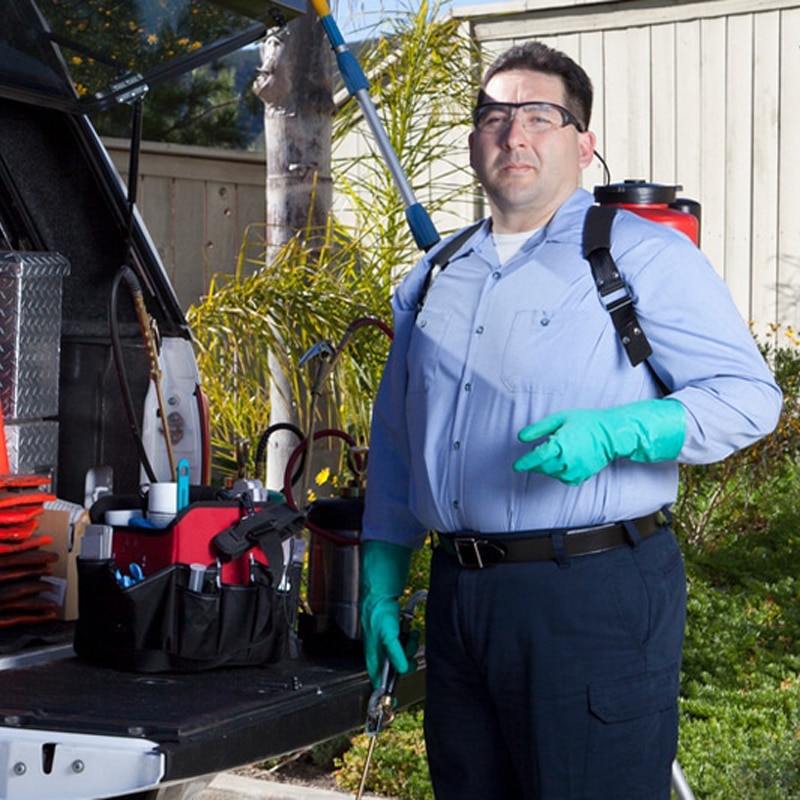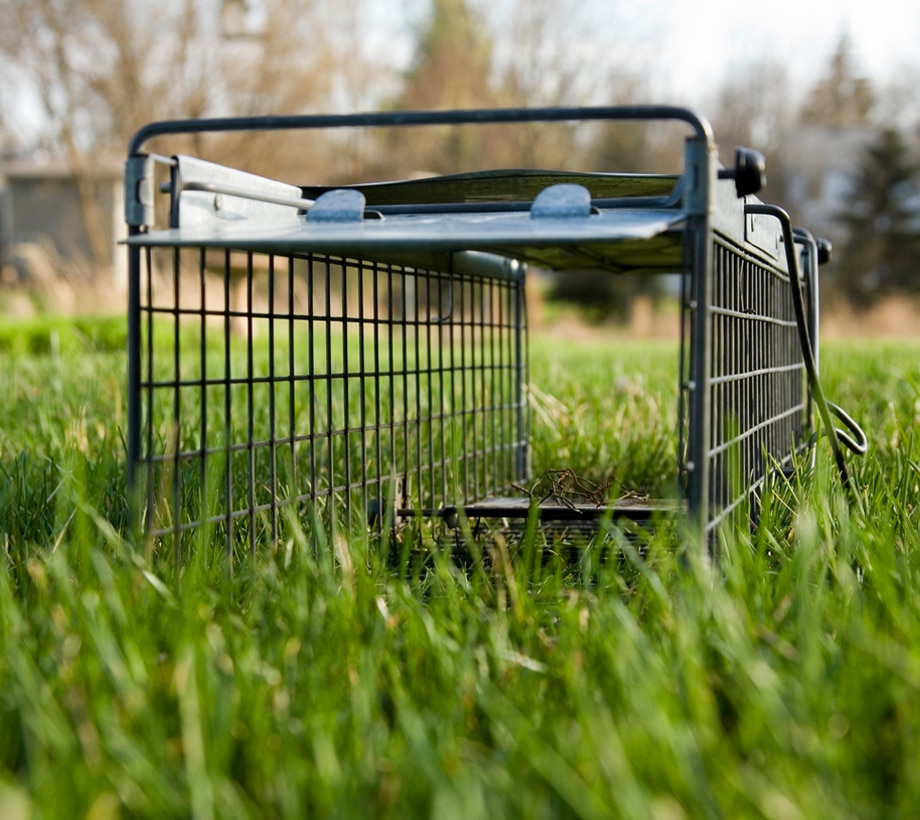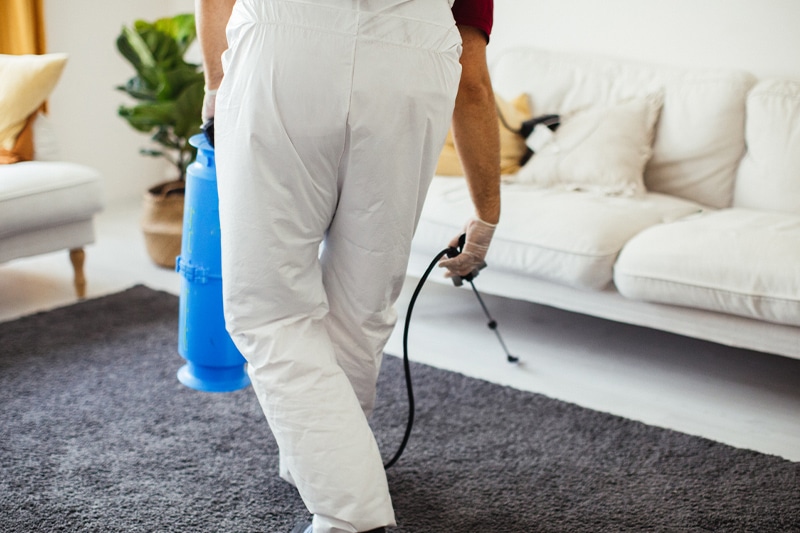
Humanely Removing Wildlife & Animals in Michigan
Creature Control is proud to offer humane and sensible animal control services. We recognize that our ecosystem depends on every insect and animal within them. However, when weighing those benefits against the potential problems and dangers posed to humans, property, and domesticated pets, a line must be drawn to determine which needs to take precedence.
Trapping removal services sometimes include euthanizing nuisance animals. Although relocation of animals sounds like a humane and heartfelt choice, often it is not sensible, practical or allowed. Animals trapped from man made environments or in urban to semi urban settings instinctively seek other structures or human related food sources to continue to survive. Pair this with competition from other animals for food and shelter with existing populations along with the chance for disease to spread, relocation clearly becomes an extremely inhumane practice all together.
Creature Control understands this dynamic and will handle nuisance animals with care and complete professionalism from start to finish. We operate and comply within all legal guidelines set forth by the Department of Natural Resources.

Integrated Pest Management Solutions
The principles for humane animal control are different from pest control. We certainly do not live trap and relocate earwigs, cockroaches, or bed bugs. Effective pest control means the extermination of unwanted insect populations. The only exception is honey bees, which we recommend leaving alone as they are vital to our ecosystem.
Creature Control utilizes the principles of Integrated Pest Management (IPM) in all our insect treatments. IPM emphasizes a holistic approach to pest control, using specific targeted pesticide applications and environmental awareness. These techniques are designed as alternatives to blanket bombing an entire house, massive fumigation with foggers, or other drastic chemical methods.*
*Fleas still may require a whole house fumigation, but they are the exception.

Pesticide Application
Whenever possible, our technicians concentrate the pesticide application to the specific areas infested using the minimum amount necessary to solve the problem. All pesticide applications are meticulously recorded; what was sprayed, where, and the quantity. Creature Control also uses pesticides made from natural sources, such as pyrethrins and cedar oil, whenever possible.
There is no such thing as a “safe pesticide”; after all, pesticides are made to kill insects and pests. But Creature Control strives to make pest applications as non-intrusive as possible.
Review Our Top Wildlife Control Methods
Once an animal is trapped and we are notified, our technicians will remove it within 24 hours to ensure the animal does not suffer. This is in compliance with Michigan state law which mandates that no animal caught by a wildlife control company remain in a trap longer than 24 hours. With larger animals such as skunks and groundhogs, we will often wrap the trap with cardboard. This keeps the trapped animal out of the sun and also restricts its field of sight which helps to keep it calm while awaiting pickup.
Unfortunately, Creature Control does not currently have the facilities or the licensing to rehabilitate wounded animals. If you have a wounded animal, please contact your local animal control or humane society for assistance.
It is sometimes necessary to put down a trapped animal; this is common with animals suffering from distemper, for example. When euthanizing an animal is necessary, our technicians only use humane methods approved by the Michigan Department of Natural Resources.
Despite our intent to live trap as much as possible, certain animals require kill trapping, like muskrats, for example. Other animals that must be kill trapped are those who are “trap-shy”. Trap-shy is an animal that has been trapped and released too many times and has learned to not enter them. This is common with groundhogs and raccoons. If we are unable to live trap your nuisance wildlife animal in a timely manner, our technicians may recommend a kill trap, but we will do so only when necessary and as humanely as possible.
Honeybees are a crucial part of our ecosystem but if the hazard of a honeybee hive outweighs their positive contributions in the area, we suggest contacting a local beekeeper to rehome the colony. Learn more about our bee control services.